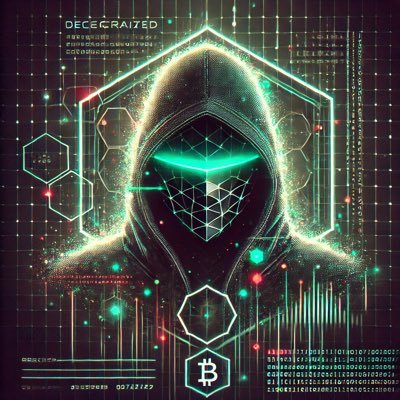


Preço de BigONE TokenONE
Como é a sua opinião sobre BigONE Token hoje?
Sobre BigONE Token (ONE)
BigONE Token (BIG) é uma criptomoeda que desempenha um papel importante no ecossistema da plataforma BigONE. É uma das moedas digitais mais populares, pois oferece diversos recursos e benefícios aos seus usuários. Uma das principais características do BigONE Token é a capacidade de ser utilizado como uma forma de pagamento dentro da plataforma BigONE. Os usuários podem usar essa criptomoeda para pagar taxas de negociação, taxas de retirada e outros serviços disponíveis na plataforma. Outra característica importante do BigONE Token é a possibilidade de participação nos lucros da plataforma. Os detentores do token têm o direito de receber uma porcentagem dos lucros gerados pela BigONE, tornando-o uma opção interessante para aqueles que desejam investir e se beneficiar do sucesso da plataforma. Além disso, o BigONE Token também é usado para recompensar os usuários que contribuem para o crescimento e para a comunidade da BigONE. Os usuários podem receber recompensas por atividades como realização de transações, indicação de novos usuários e participação em programas de fidelidade. Outro elemento que faz do BigONE Token uma escolha atraente para os investidores é a sua oferta limitada. A quantidade total de tokens é fixa, o que significa que não haverá uma emissão infinita. Isso pode criar um senso de escassez e valorização do token no mercado. Além de todas essas características, o BigONE Token também possui um sistema de segurança avançado, garantindo transações seguras e proteção dos ativos dos usuários. Em resumo, o BigONE Token desempenha um papel essencial no ecossistema da plataforma BigONE, oferecendo diversas vantagens aos seus usuários. Além de ser uma forma de pagamento, ele proporciona participação nos lucros e recompensas, possui um fornecimento limitado e oferece um ambiente seguro para as transações. Todos esses fatores combinados fazem do BigONE Token uma opção atraente para os entusiastas de criptomoedas.
Relatório de análise de IA sobre BigONE Token
Preço de hoje de BigONE Token em EUR
Histórico de preços de BigONE Token (EUR)
 Preço mais baixo
Preço mais baixo Preço mais alto
Preço mais alto 
Qual é o preço mais alto do token BigONE Token?
Qual é o preço mais baixo do token BigONE Token?
Previsão de preço do token BigONE Token
Qual será o preço do token ONE em 2026?
Qual será o preço do token ONE em 2031?
Perguntas frequentes
Qual é o preço atual de BigONE Token?
Qual é o volume de trading em 24 horas de BigONE Token?
Qual é o recorde histórico de BigONE Token?
Posso comprar BigONE Token na Bitget?
É possível obter lucros constantes ao investir em BigONE Token?
Onde posso comprar BigONE Token com a menor taxa?
BigONE Token - Total de ativos por concentração
BigONE Token - Endereços por tempo de manutenção

Preços globais de BigONE Token
- 1
- 2
- 3
- 4
- 5
Novas listagens na Bitget
Comprar mais
Onde posso comprar cripto?
Seção de vídeos: verificação e operações rápidas

Recursos de ONE
Tags:
Avaliações de BigONE Token
Bitget Insights


Ativos relacionados
Informações adicionais sobre BigONE Token
Visão geral da moeda
Relacionado a moedas
Relacionado ao trading
Atualizações de moeda

































